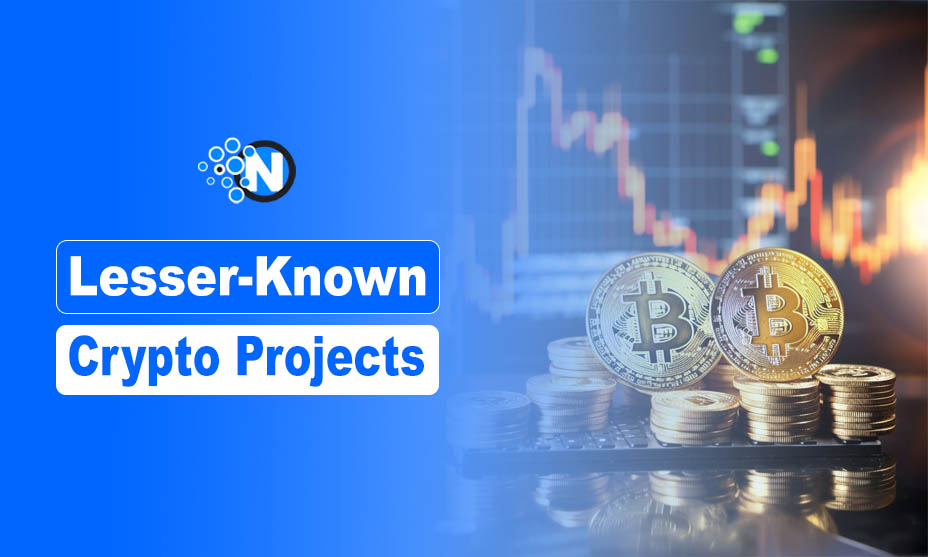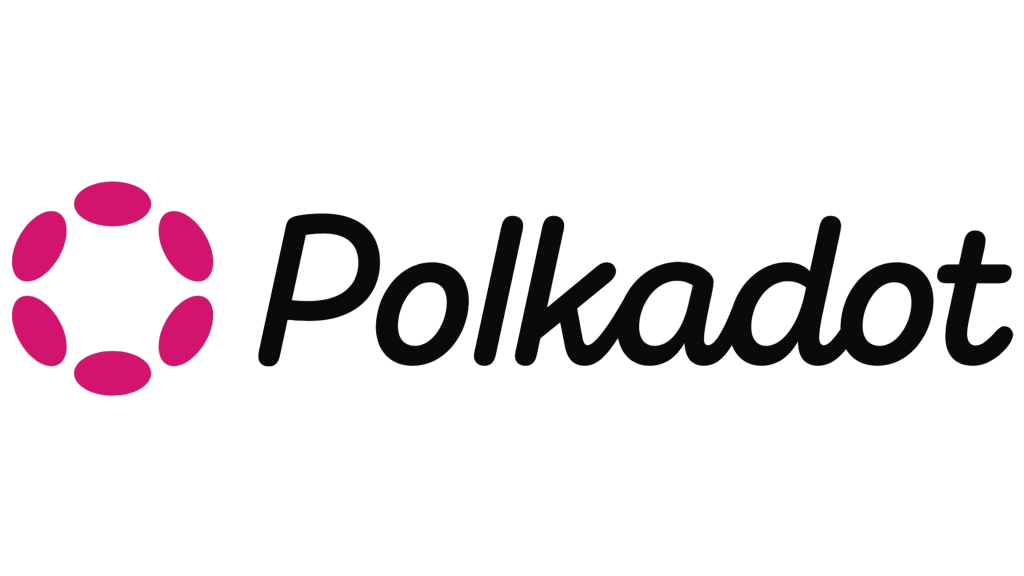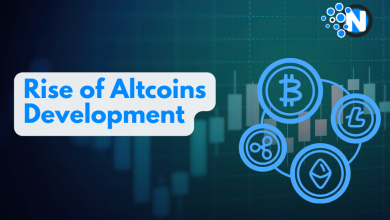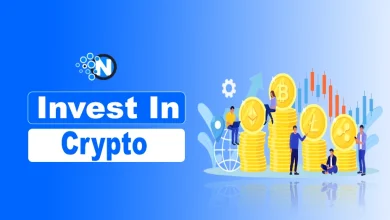Revealing the Future – Lesser-Known Crypto Projects Leading Innovation

Cryptocurrency is a vibrant world based on giants like Bitcoin and Ethereum but closely connected to the giant full of new exciting projects. As large players drive transformation, new pioneers building the new frontier of blockchain innovation remain behind the scenes. In this article, three such initiatives are discussed, Avalanche (AVAX), Polkadot (DOT), and Chainlink (LINK), each resolving one of the major pain points of the crypto industry and opening the path to a significantly improved and versatile crypto sphere.
You may find https://quantum-fbc.org/ useful to explore more innovative crypto projects as it is a platform connecting crypto experts with investors.
3 Lesser-Known Crypto Project
Avalanche (AVAX): Redefining Speed and Scalability
Scalability is the weak point of many blockchains, especially Ethereum. Network congestion results from rising user adoption and transaction volume, which drives up processing times and costs. Avalanche challenges the status quo with its innovative architecture that surpasses these restrictions.
Avalanche uses the sophisticated combination of Directed Acyclic Graph (DAG) and Proof-of-Stake (PoS) protocols known as Snowman, a novel consensus mechanism. It can validate transactions concurrently over several subnets thanks to its hybrid architecture, which parallelizes the operation and achieves much quicker transaction speeds than typical blockchains. In stark contrast to Ethereum’s existing restrictions, benchmarks imply Avalanche can handle thousands of transactions per second (TPS) with little latency.
Security is Avalanche’s top priority, not speed. Its novel architecture makes use of several validator sets to provide decentralization and reduce the possibility of a single point of failure. Furthermore, Avalanche provides developers with strong smart contract capability so they can create decentralized apps (dApps) on its network.
Avalanche has a wide range of possible uses. High-frequency trading platforms, quick and safe DeFi application development, and even the building of large NFT marketplaces can all be powered by it. Avalanche is well-positioned to play a significant role in influencing the future as the demand for quicker and more effective blockchain solutions increases.

Polkadot (DOT): The Network of Multiple Chains
Avalanche concentrates on network scalability within a single network, whereas Polkadot adopts a more comprehensive strategy. It imagines a day when blockchains coexist peacefully in the future, supporting a varied ecosystem of separate yet linked networks. In order to do this, Polkadot is building a multi-chain architecture known as a “heterogeneous network,” in which separate blockchains known as parachains link to a central relay chain known as Relaychain.
For any parachain that is connected to it, the Relaychain offers security and interoperability. With regard to particular functionalities like supply chain management, social networking, or DeFi, each parachain may have a distinct function. By utilizing Polkadot’s shared security approach, Parachains are able to inherit the Relaychain’s security assurances without having to develop strong security procedures from scratch. This frees up developers to concentrate on personalization and innovation inside their parachains.
The blockchain ecosystem will become more interconnected thanks to Polkadot’s interoperability. Interaction between apps developed on different parachains encourages cross-chain cooperation and opens up new opportunities. To create a more flexible and potent financial ecosystem, a DeFi application on one parachain, for example, may leverage oracles from another parachain to access real-world data feeds.
Polkadot has the capacity to change lives. Polkadot can dismantle silos and promote the growth of a truly interconnected blockchain world by facilitating smooth communication between blockchains. This encourages creativity and teamwork, which eventually speeds up the widespread use of blockchain technology.

Chainlink (LINK): Connecting Blockchain Technology with Actual Data
Blockchains provide a transparent and safe means of recording transactions, but they are separate and unconnected from the massive amount of data that is available in the actual world. This poses a serious challenge for smart contracts, since their successful operation depends on external data flows.
Chainlink offers a decentralized oracle network as a solution to this problem. Oracles securely feed data into smart contracts by acting as a middleman between blockchains and outside data sources. The independent oracles that make up Chainlink’s network are either privately owned or operated by groups of people who vie to offer trustworthy and accurate data.
The Oracle network of Chainlink must be extremely reliable and secure. It uses a reputation-based mechanism to reward oracles for truthful reporting. Chainlink also makes use of a number of cryptographic techniques to protect data integrity and stop manipulation.
Chainlink expands the capabilities of smart contracts by providing access to real-world data. Price feeds can be used by DeFi apps to automate loan liquidations and calculations. Chainlink oracles can be used by supply chain management platforms to trace the flow of items in real-time. There are countless options, and Chainlink is essential in linking the data-rich environment we live in with the blockchain world.

A Word of Caution for Our Audience
Even if these ventures have a lot of potential, it’s important to approach the cryptocurrency area cautiously. Do your homework, grasp the underlying technology, and weigh the possible hazards before investing in any business. There is no assurance that any endeavour will be successful because the cryptocurrency market is intrinsically unstable.
Influencing Blockchain’s Future
Avalanche, Polkadot, and Chainlink are just a few of the cutting-edge initiatives influencing blockchain technology in the future. Scalability, interoperability, and real-world data access are three major issues that each project tackles that have prevented blockchain solutions from being widely used. These efforts clear the path for a blockchain environment that is more resilient, adaptable, and user-friendly by overcoming these common obstacles.




